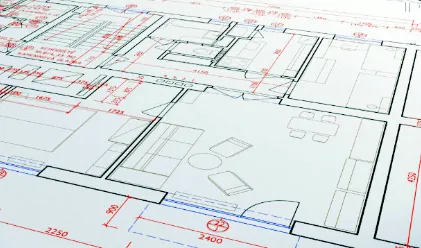Blender 3.1+ – BlenderBIM Addon v231104 FREE 2024 Download
Building Information Modeling, or BIM, is a way of digitally describing our built environment to computers. Aspects of our built environment that can be described are:
Products, like walls, doors, and windows
Processes, like construction or maintenance tasks, and procedures
Resources, like labour, materials, and equipment
Controls, like permits, orders, costs, or calendar availability
Actors, like occupants, clients, architects, and liable parties
Groups, like systems, inventories, or zones
These objects may have lots of data and relationships. Examples of data might be classification systems, physical materials, associated documents, simulation results, and construction types. The data may be relevant to multiple disciplines, such as architecture, engineering, and construction.
Note
BIM data is very different from a regular 3D model. In fact, geometry is optional, and most data is non-geometric. This means that it is not simply a 3D format that you can import or export from and expect meaningful results.
Industry Foundation Classes, or IFC, is an international standard for BIM. IFC is the most well-established open digital language for our built environment. Most software will be able to describe their BIM data using IFC. Most commonly, IFC models will be shared as a .ifc file.
For example, IFC will define a wall as an object that can have a name, construction type, and quantities. IFC will also describe that a wall that be associated with a location, like a building storey, or have an associated cost item in a schedule.
When you use the BlenderBIM Add-on, you will be able to view and create BIM objects and relationships using the IFC standard.
Things you can do
The BlenderBIM Add-on is designed to be a full BIM authoring platform. Its capabilities have a similar scope to other modeling platforms, costing programs, scheduling software, CAD packages, and simulation software. It is too numerous to list in full, but an example of what is possible include:
Viewing models, including spaces, properties, and relationships
Edit and extract attributes and properties
Moving objects, and changing their geometry
Create new objects using library elements
Manage classification systems, document and library references
Generating 2D drawings, schedules, and creating sheets
Investigating and editing structural analysis models
Connecting and managing distribution systems and ports
Creating construction schedules, critical path analysis, and generating sequence animations
Creating cost schedules, using formulas, and deriving quantities from model elements
Clash detection and managing issues for model coordination
… and much, much more.











Post Comment